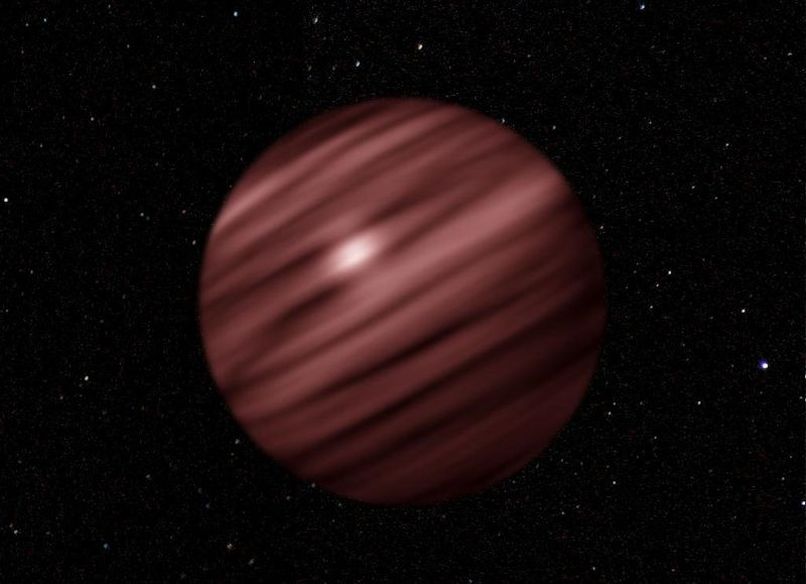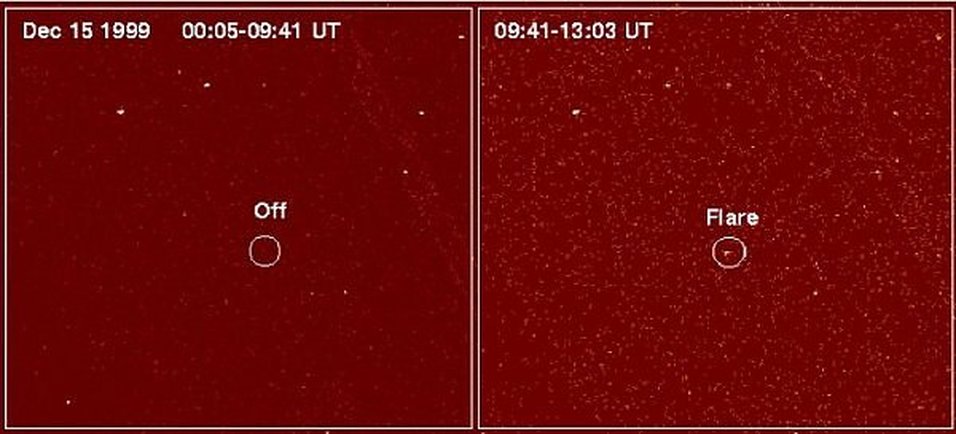
Rogue Brown Dwarf Lurks in Our Cosmic Neighborhood


Are Jupiter and Saturn Brown Dwarfs, Not Planets?
|
Our early science classes taught us the difference between stars and planets, the description and properties of each were clear. Now astronomers have found objects in the Milky Way that are neither planets nor stars. Not confirmed until 1995, brown dwarfs emit very little visible light because nuclear fusion reactions cannot be maintained in their interior. And they are extremely difficult to observe at any wavelength. Above 13X the mass of Jupiter, they do fuse deuterium ('heavy hydrogen') and that serves to distinguish them from giant, super dense planets. The heaviest brown dwarfs are 65X the mass of Jupiter or heavier and they rapidly 'burn' lithium. Find lithium in the spectrum of a super dense 'object' and you've found a brown dwarf those 'exotic objects that are the link between massive planets and small stars.
Read more at http://www.environmentalgraffiti.com/sciencetech/brown-dwarfs-are-neither-stars-nor-planets/5140#uPesjxCbS3CC2dqD.99 |
Another remarkable feature of brown dwarfs is their constant radius, they are all about the same diameter as Jupiter. The heaviest brown dwarfs are not larger than the smallest, massive planets, only much denser and therefore much heavier. Distinguishing them from huge planets is difficult because the diameter of all brown dwarfs is about the same. Anything more than 10X the mass of Jupiter is very unlikely to be a planet.
The strongest spectral emission of brown dwarfs is in the infrared and that is how present day astronomers study them. Old brown dwarfs will accumulate methane in their atmosphere, a compound often taken to indicate active organic molecule kinetics. Atmospheric temperatures of brown dwarfs range from 2500K to 750K. Read more at http://www.environmentalgraffiti.com/sciencetech/brown-dwarfs-are-neither-stars-nor-planets/5140#uPesjxCbS3CC2dqD.99 |

Closest Star System Found in a Century
A pair of newly discovered stars is the third-closest star system to the Sun, according to a paper that will be published in Astrophysical Journal Letters. The duo is the closest star system discovered since 1916. The discovery was made by Kevin Luhman, an associate professor of astronomy and astrophysics at Penn State University and a researcher in Penn State's Center for Exoplanets and Habitable Worlds.
A pair of newly discovered stars is the third-closest star system to the Sun, according to a paper that will be published in Astrophysical Journal Letters. The duo is the closest star system discovered since 1916. The discovery was made by Kevin Luhman, an associate professor of astronomy and astrophysics at Penn State University and a researcher in Penn State's Center for Exoplanets and Habitable Worlds.
|
|
|


























